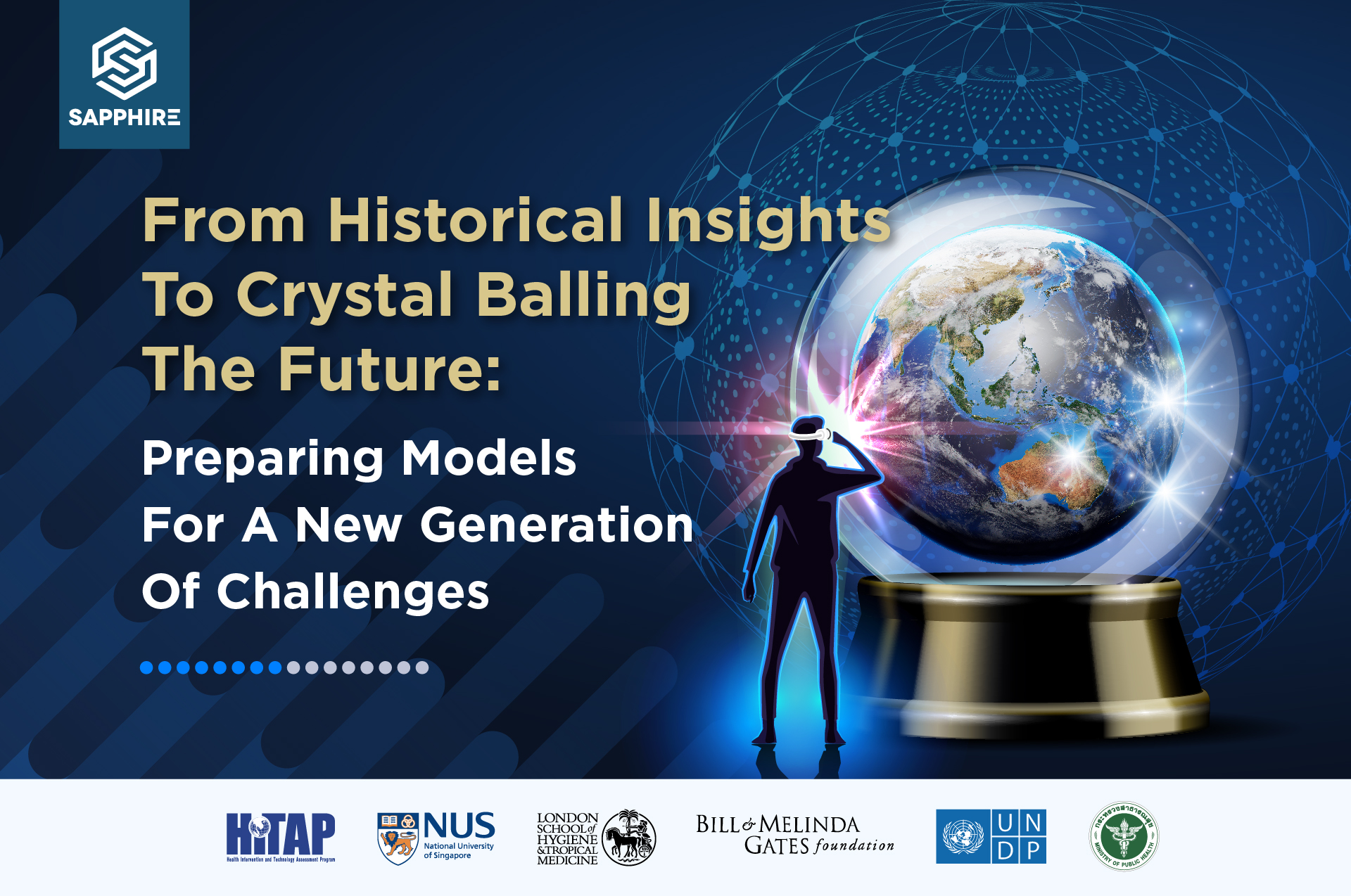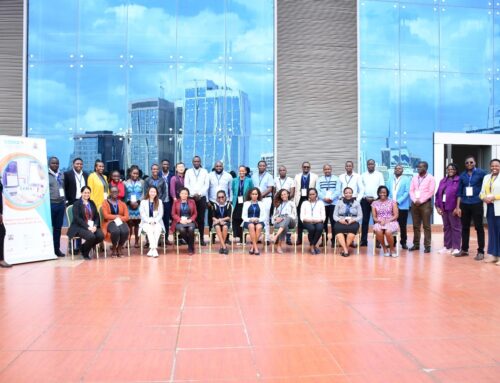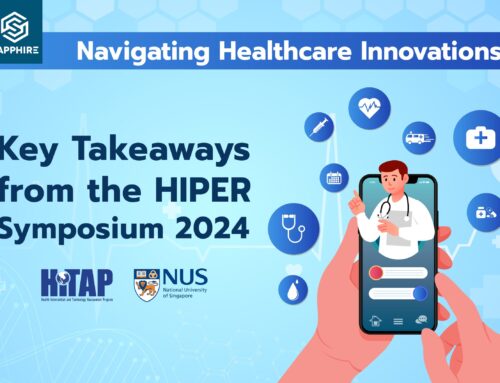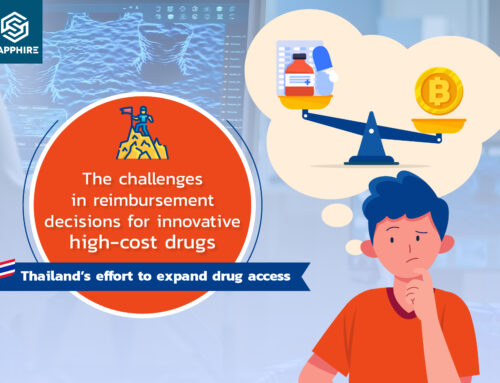
On January 23rd, just one day after joining HITAP, I was presented with an opportunity to travel to Bangkok for the renowned annual Prince Mahidol Award Conference (PMAC). The PMAC 2024, hosted at the Centara Grand & Bangkok Convention Centre from January 22nd-27th, 2024, proved to be an enlightening experience for me as a new staff at HITAP. Under the theme ‘Geopolitics, Human Security, and Health Equity in an Era of Polycrises‘ the conference brought together global health experts from diverse backgrounds including international agencies, foundations, academic institutions and representatives from government bodies.
On this day, I got the chance to sit in on the very insightful side meeting organized by HITAP titled, ‘From Historical Insights to Crystal Balling the Future: Preparing Models for A New Generation of Challenges’. This side meeting leveraged on the ongoing Lancet Commission on Strengthening the Use of Epidemiological Modelling of Emerging and Pandemic Infectious Disease to deliver informative stories and panel discussions.
It was interesting to learn how modeling played a crucial role in guiding decisions during the SARS, H7N9, H1N1, Ebola and COVID-19 outbreaks to name a few. While modeling had little effect on controlling H1N1 spread due to widespread transmission, it served as a post-outbreak analysis for subsequent outbreaks. Speakers showcased that models are helpful in taking early action which is critical for outbreak control however it demands international consensus and collaboration (for e.g., the Pandemic Treaty), investments (for e.g., the Pandemic Fund) on key areas such as infrastructure and interoperable systems to collect high quality data, transdisciplinary approach to research and policy implementation, community engagement, and maintaining humility when applying modeling to inform policymaking. Despite the visible impact of modelling, all speakers also stressed that the modelling field needs to mature quickly (methodologies and consensus on standards) and have a conducive environment (political, financial, human, and social) to maximize its effective use in policy.
Looking ahead to 2030, the panelists envisioned a world where the pandemic fund and the pandemic treaty have effectively succeeded in mitigating Disease X globally. However, this wonderful vision requires continued improvements in early warning systems, laboratory capabilities, and environmental surveillance networks to detect novel pathogens and combating the spread of misinformation during outbreaks. Through ongoing global cooperation and learning the lessons of recent outbreaks, resilient systems for detecting, preventing, and responding rapidly to future pandemic threats will be created.
Key Takeaways from the Conference:
- Models have limitations and one-size-fits-all pandemic policies are not always the most effective approach. There is a need to consider additional qualitative and community insights so that interventions become responsive to the views, needs, and expectations of all stakeholders, especially marginalized groups. One example made during the presentation was that lessons from the COVID-19 response have underscored some of the challenges associated with using top-down policy measures, especially when considering the impact of lockdowns on marginalized populations.
- The pandemic exposed gaps in outbreak preparedness, surveillance, and resource allocation highlight the necessity of collaborative initiatives like the Pandemic Treaty and the Pandemic Fund. These initiatives have the potential to foster cross-border cooperation, pool resources, and ensure equitable distribution of resources to address the identified gaps. The treaties could also lay out plans for mobilizing resources and be activated immediately upon detection of early warning signs to prevent minor outbreaks from escalating into polycrisis.
- In anticipating the next “Disease X”, my main takeaway was that preparedness is key. To effectively prepare for and contain future novel outbreaks like Disease X before they escalate into pandemics, it is important to have in place a proactive contingency plan, interdisciplinary collaboration, and to establish data sharing, early warning systems, and a funded pandemic preparedness system in place to ensure readiness for potential outbreaks and thereby keep global health initiatives on track.
In conclusion, my conference experience was genuinely enlightening and served as a crucial introduction to HITAP and its critical mission. I would say that the positive recommendations made by the speakers about global health security initiatives like community-inclusive decision making, data standardization, interoperable data systems as well as the idea of having innovative financing models provided me with new insights and broadened my perspective on the topic.
If you’re interested in our ongoing Lancet Commission on Strengthening the Use of Epidemiological Modelling of Emerging and Pandemic Infectious Disease, please write to us: [email protected]



